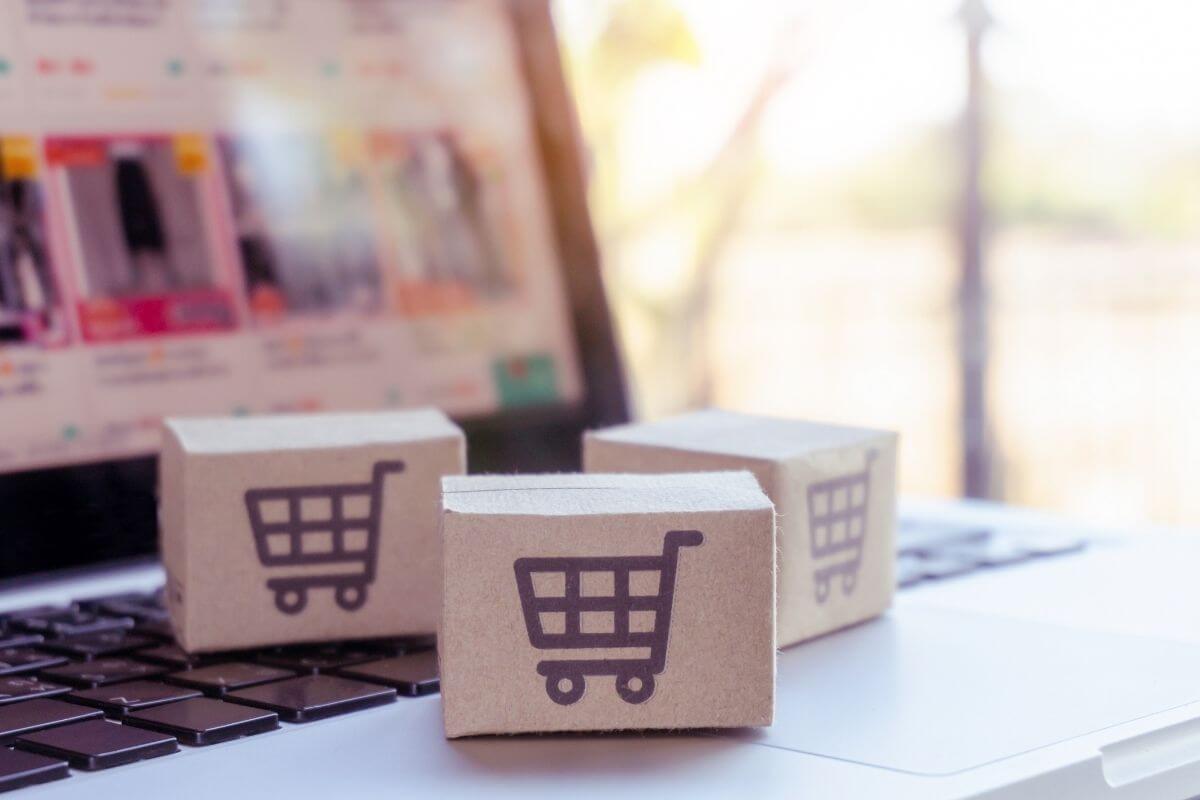Wishlists and save-for-later options are valuable features for e-commerce websites, enhancing user experience and encouraging customers to return. These features help shoppers keep track of items they are interested in, ultimately increasing conversion rates and customer loyalty. Here are some best practices for implementing wishlists and save-for-later options effectively.

Table of Contents
Toggle1. Make It Easy to Access
Prominent Placement:
Ensure that the wishlist and save-for-later options are easily accessible throughout the site. Consider adding buttons or icons on product pages, shopping carts, and account sections to enhance visibility.
Clear Labels:
Use clear and concise labels like “Add to Wishlist” or “Save for Later” to avoid confusion. Make sure the options are recognizable, using familiar icons (like a heart or star) to represent wishlists.
2. Enable User Accounts
Require Accounts for Personalization:
Encourage users to create accounts to save their wishlists. This allows for personalization, making it easier for users to retrieve their saved items across devices.
Social Logins:
Offer social media login options (e.g., Facebook, Google) to simplify the account creation process. This can increase user sign-ups and enhance the overall shopping experience.
3. Provide Wishlist Management Features
Edit and Organize:
Allow users to easily edit their wishlists by adding or removing items, adjusting quantities, or organizing items into categories (e.g., “Birthday Gifts,” “Home Decor”). This organization helps users find what they need quickly.
Prioritize Items:
Include options for users to prioritize items within their wishlist. A simple drag-and-drop feature can enable users to arrange items based on preference.
4. Send Notifications and Reminders
Email Alerts:
Send email reminders to users about items in their wishlists, especially when there are price drops or limited stock availability. This can prompt users to return to your site and complete their purchases.
Engagement Notifications:
Consider sending notifications for special promotions, discounts, or seasonal sales related to wishlist items, encouraging users to act on their saved items.
5. Make Sharing Easy
Social Sharing Options:
Allow users to share their wishlists via social media or email. This can increase brand visibility and attract new customers through word-of-mouth marketing.
Gift Registry Feature:
Consider adding a gift registry feature that allows users to create and share wishlists for special occasions (e.g., weddings, birthdays). This not only enhances the user experience but also drives traffic from friends and family.
6. Provide Recommendations
Personalized Suggestions:
Utilize algorithms to suggest related or complementary products based on items in the user’s wishlist. This can help increase average order value and improve the overall shopping experience.
Incorporate Reviews and Ratings:
Display customer reviews and ratings for items in the wishlist. Providing this information can help users make informed decisions and increase conversion rates.
7. Optimize for Mobile Devices
Responsive Design:
Ensure that wishlist and save-for-later features are optimized for mobile users. A responsive design allows users to easily navigate and manage their wishlists on various devices.
Touch-Friendly Features:
Implement touch-friendly buttons and navigation to enhance the mobile user experience, making it easy to add or remove items from wishlists.
8. Track User Behavior
Analyze Data:
Monitor how users interact with wishlist features to gather insights into customer preferences and behaviors. This data can inform future marketing strategies and product offerings.
A/B Testing:
Conduct A/B tests to evaluate different wishlist layouts, button placements, or notification strategies. This can help you identify the most effective approaches for engaging users.
9. Ensure Data Security and Privacy
User Privacy:
Be transparent about how you collect and use user data. Clearly communicate your privacy policy and ensure that users can control their data preferences.
Secure Information:
Implement robust security measures to protect user data, especially when users create accounts and save personal information. This builds trust and encourages users to engage with your wishlist features.
Conclusion
Implementing wishlists and save-for-later options can significantly enhance the user experience on your e-commerce site, encouraging repeat visits and increasing conversion rates. By following these best practices—such as ensuring easy access, enabling user accounts, sending notifications, and optimizing for mobile—you can create effective wishlist features that resonate with your customers and foster loyalty. In the competitive e-commerce landscape, these thoughtful enhancements can set your site apart and contribute to long-term success.


No responses yet